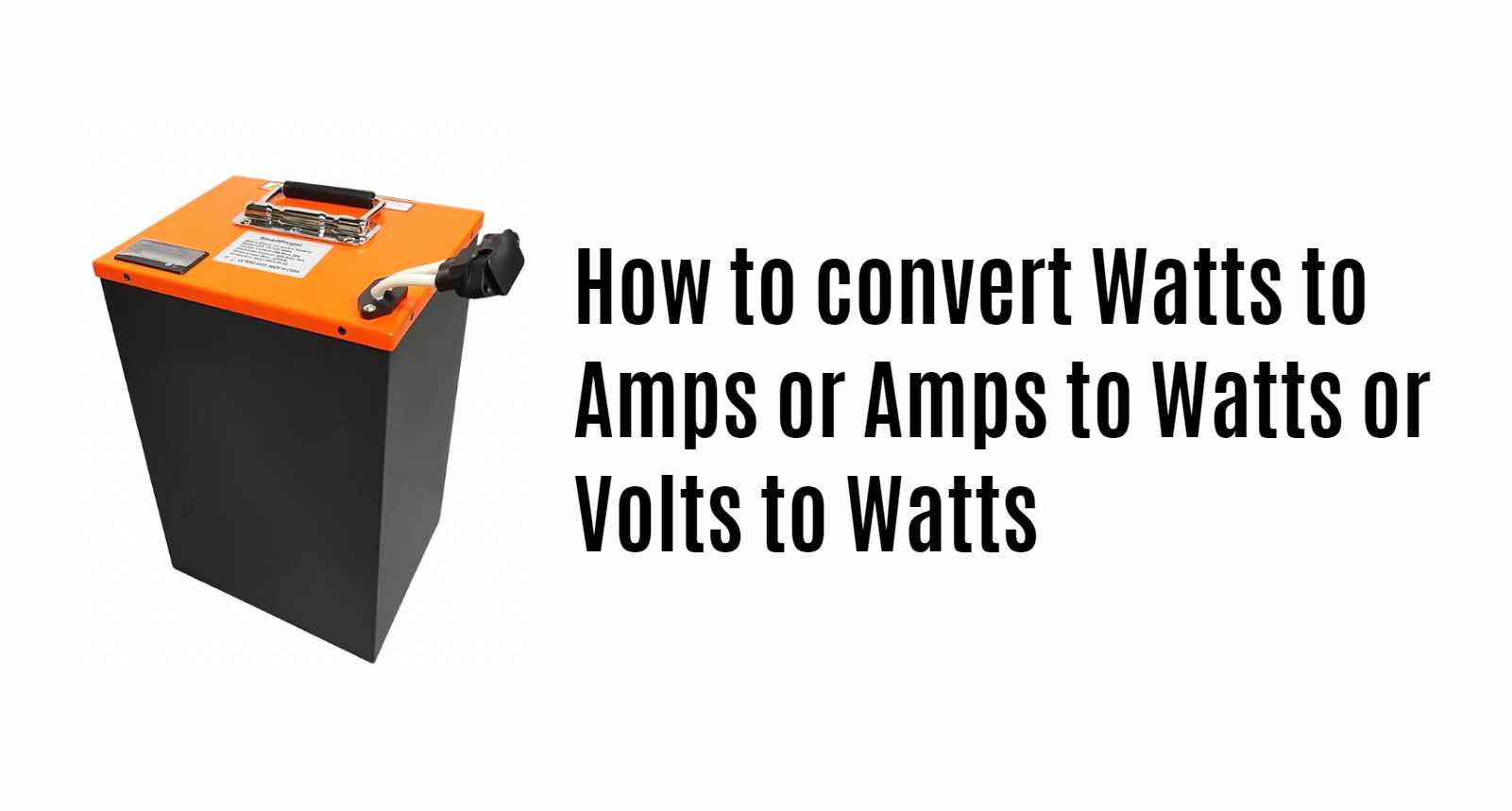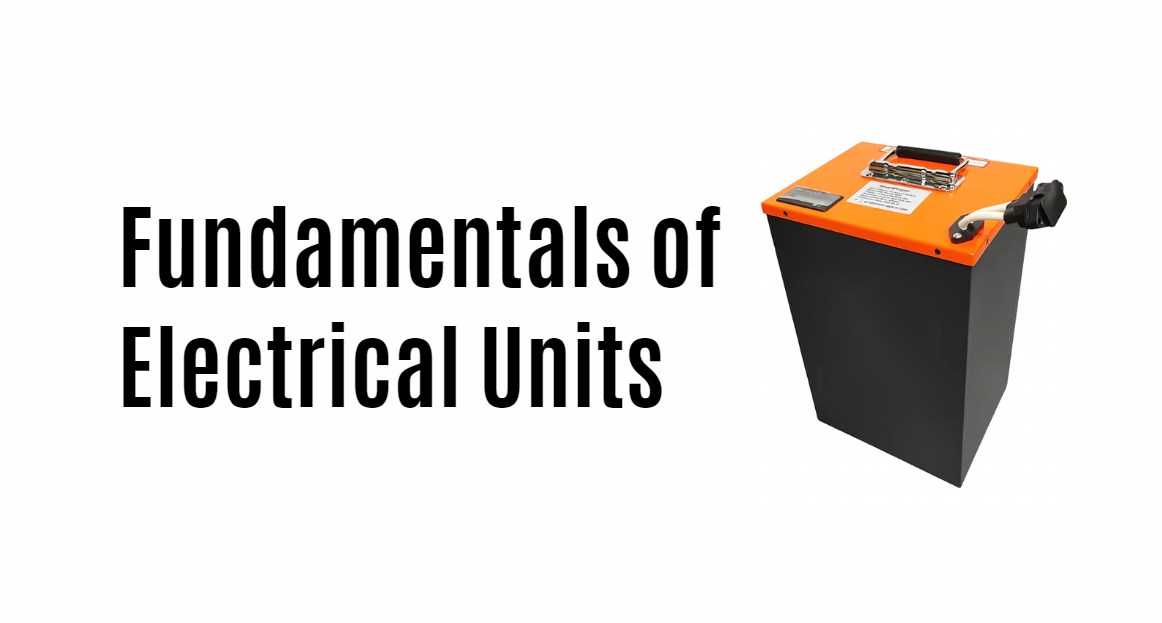At Redway Battery, we recognize the significance of understanding and accurately calculating key electrical parameters such as watts, amps, and volts. Whether you’re an experienced electrician or a beginner in DIY projects, the ability to convert these units is invaluable. This comprehensive guide will provide you with a clear and precise methodology for converting watts to amps, amps to watts, and volts to watts.
What Are Volts, Watts, And Amps In Electrical Systems?
Volts (V) measure electrical pressure or potential difference. Amps (A) measure the flow of electric current. Watts (W) represent electrical power, calculated by multiplying volts by amps.
Volts (V) measure the electrical pressure or potential difference that pushes electric current through a circuit. It’s like the force that drives electricity.
Amps (A) measure the flow of electric current, indicating how much electricity is moving through the circuit.
Watts (W) represent the electrical power being used or produced, calculated by multiplying volts by amps (W = V × A). Watts tell you how much energy is consumed or generated in a system.
How Do Volts, Watts, And Amps Relate To Each Other?
Watts = Volts × Amps. This means power (watts) depends on voltage (pressure) and current (flow). Increasing either volts or amps raises the total power consumed or delivered in a system.
The relationship between volts, amps, and watts is expressed by the formula: Watts = Volts × Amps. This means that the power (watts) in an electrical system depends on both the voltage (electrical pressure) and the current (flow of electricity).
Increasing either the voltage or the current will raise the total power consumed or delivered. Understanding this relationship helps in designing and troubleshooting electrical circuits by balancing voltage and current to achieve desired power levels.
Fundamentals of Electrical Units
Before we explore the conversion formulas, let’s establish a clear understanding of the terms:
- Watts: This unit measures the rate of electrical energy generation or consumption.
- Amps (Amperes): Amps represent the flow of electric current through a circuit.
- Volts: Volts indicate the electrical potential difference or voltage between two points in a circuit.
From Watts to Amps
To convert watts to amps, apply the following formula: Amps=Watts/Volts
For example, consider a device that consumes 60 watts on a 120-volt power supply: Amps=60 watts/120 volts=0.5 amps
This means the device draws a current of 0.5 amps.
From Amps to Watts
To find the power in watts when you know the current in amps, use this formula: Watts=Amps×Volts
If a device draws 2 amps from a 120-volt source: Watts=2 amps×120 volts=240 watts
This calculation shows the device uses 240 watts of power.
From Volts to Watts
To calculate the power in watts using volts and amps, use the formula: Watts=Volts×Amps
For a device operating at 3 volts and drawing 0.5 amps: Watts=3 volts×0.5 amps=1.5 watts
This indicates the device uses 1.5 watts of power.
Practical Implications
Mastering these conversions is essential for various applications, including designing electrical circuits and estimating energy consumption for household appliances. Knowing these formulas allows you to make informed decisions about electrical usage and efficiency.
Summary
In conclusion, converting between watts, amps, and volts is a matter of applying simple mathematical formulas. At Redway Battery, we are committed to providing our readers with accurate knowledge to confidently handle electrical calculations. Whether you’re working on a home improvement project or dealing with industrial equipment, understanding these conversions is key to efficient energy management.
For further insights into electrical solutions and innovations, don’t hesitate to reach out to us. Our team at Redway Battery is ready to help you optimize your energy needs.





